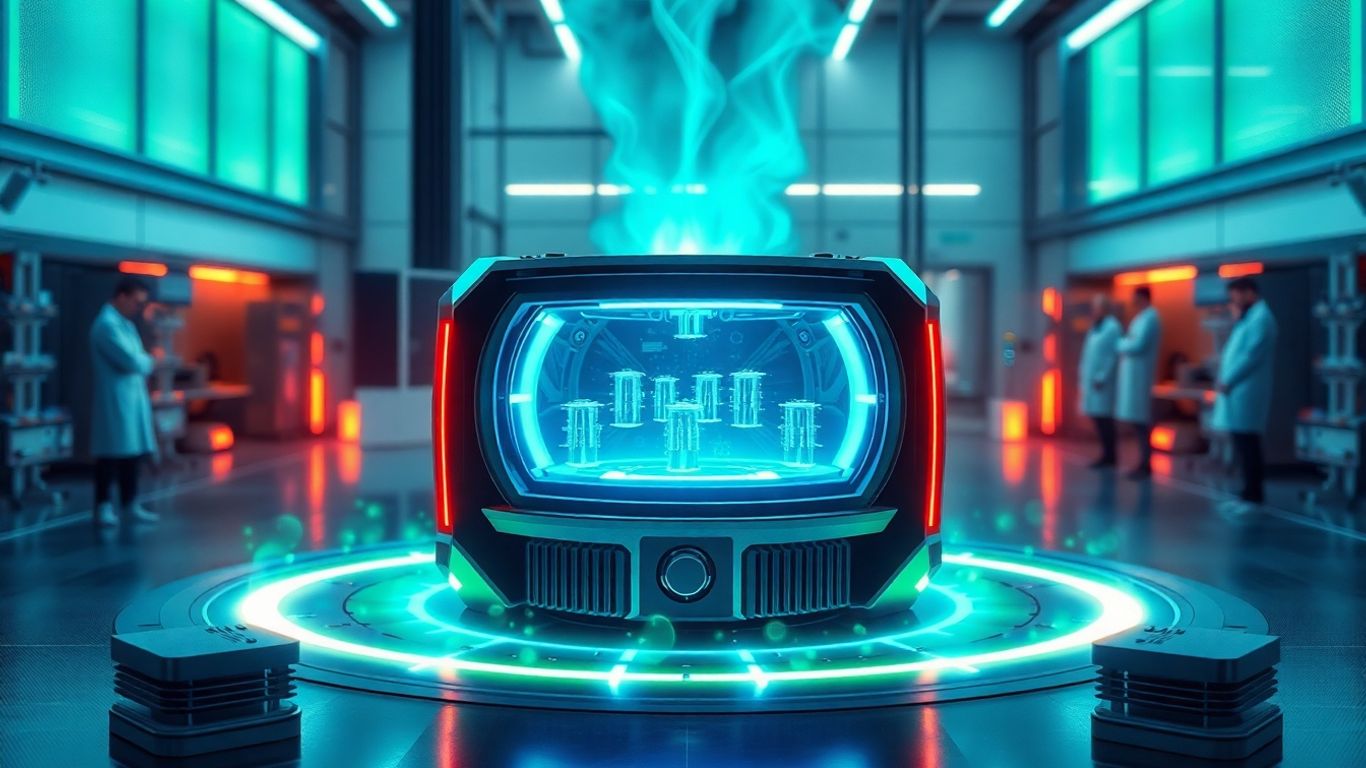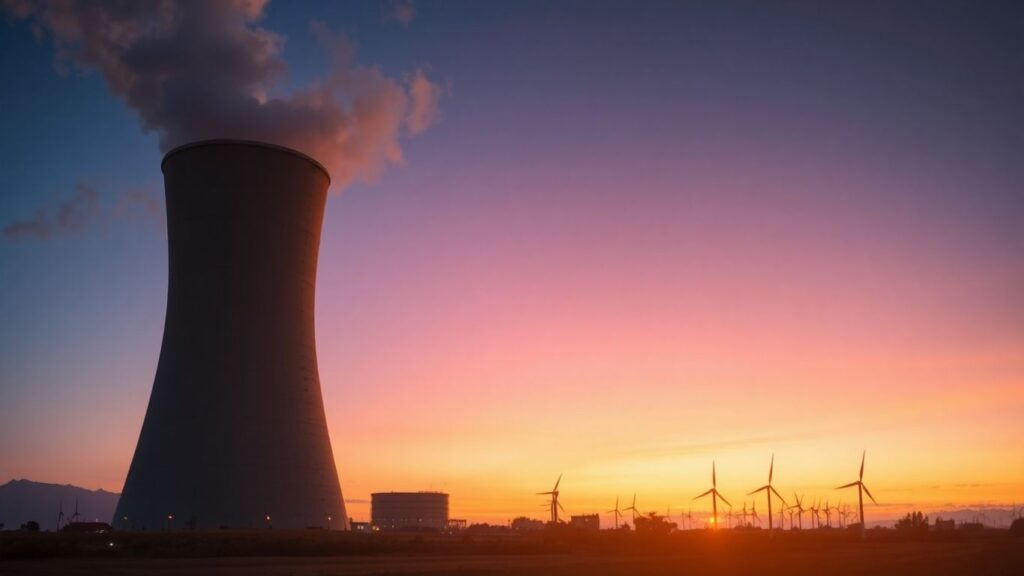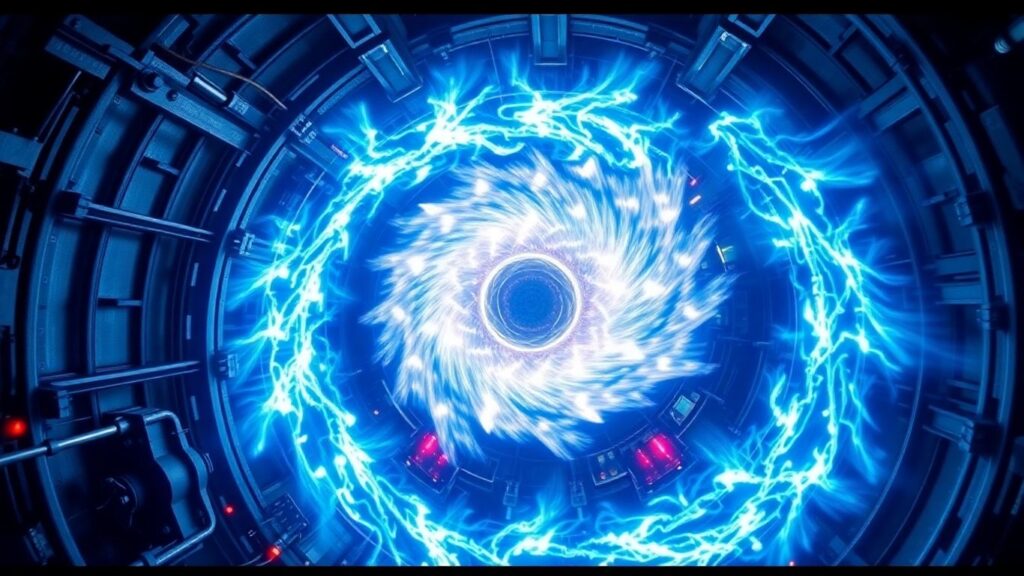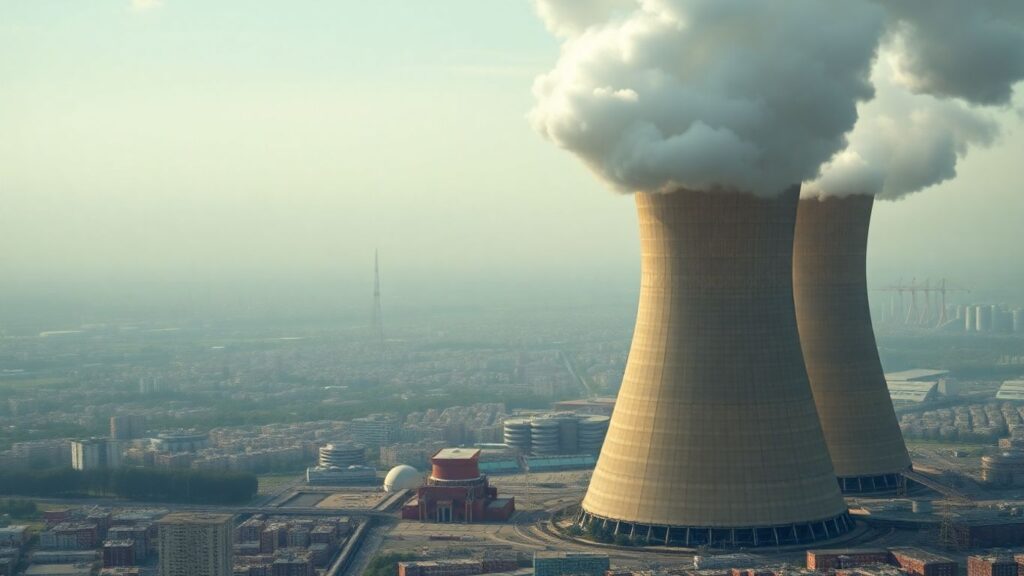Innovative startups and major firms are racing to bring microreactor technology to market, aiming to revolutionize how energy is produced, transported, and consumed. With an influx of investment, regulatory support, and military interest, microreactors are emerging as a promising solution for remote energy needs and grid resilience.
Key Takeaways
- Startups like Radiant and Nano Nuclear Energy are leading the microreactor innovation surge.
- Microreactors offer compact, grid-independent, and clean energy for diverse and remote applications.
- Major funding rounds, federal support, and deals with military bases highlight sector momentum.
Microreactor Technology: Compact, Clean, and Portable
Microreactors are significantly smaller than traditional nuclear power plants, often compact enough to fit inside a shipping container. Designed with advanced safety features like passive cooling systems and meltdown-proof engineering, they can operate independently from the electric grid, supplying reliable energy to remote sites, critical infrastructure, and off-grid industrial operations.
Radiant, an El Segundo-based startup, is nearing the testing phase of its 1-megawatt Kaleidos microreactor. With recent investments boosting its capital to $225 million and the hiring of prominent industry experts, the company plans to deploy units for varied use cases such as military installations, hospitals, and data centers. Radiant’s reactors use small ceramic-coated fuel and helium coolant, prioritizing both environmental safety and operational reliability.
Significant Investment and Industry Growth
The growth in microreactor technology is driven by strong investor confidence. Radiant’s recent $165 million funding round underscores rising enthusiasm among venture capitalists. Similarly, Nano Nuclear Energy has secured $101 million to fund its microreactor pipeline through 2026, positioning itself as a rare public market exposure to this emerging niche.
Traditional energy giants and advanced reactor startups are also making headway. At the larger end, companies like TerraPower, backed by substantial funding including investments from Bill Gates, are developing next-generation small modular reactors for grid-level power. Meanwhile, firms such as Antares are expanding microreactor manufacturing capacities and testing timelines.
Government and Military Backing Fuels Demand
Policy shifts and federal initiatives have boosted the sector. Following executive orders to accelerate advanced nuclear deployment, the U.S. Department of Defense has signed contracts for transportable microreactors to sustain military bases. Radiant has already struck deals for 26 units, and was recognized by the Defense Innovation Unit for its potential.
Moreover, several state-level actions—such as New York’s commitment to advanced nuclear—reflect a changing perception about nuclear power’s role in enhancing energy security and reliability, especially in the face of growing grid vulnerabilities and increased demand.
The Road Ahead: Opportunities and Challenges
As public and private interest in microreactors grows, so do the technical and regulatory hurdles. Companies are racing for first-mover advantage, yet face challenges in licensing, testing, and scaling production. The next few years will be decisive as startups move from prototype to deployment and as policy frameworks evolve to accommodate these advanced technologies.
If successful, microreactors could redefine energy generation in remote, mobile, and resilient applications, marking a transformative shift in the future of nuclear power.
Sources
- El Segundo Nuclear Company Radiant Debuts Microreactor Tech, Los Angeles Times.
- NANO Nuclear Energy: No DOME, No Problem (NASDAQ:NNE), Seeking Alpha.
- POLITICO Pro, POLITICO Pro.












